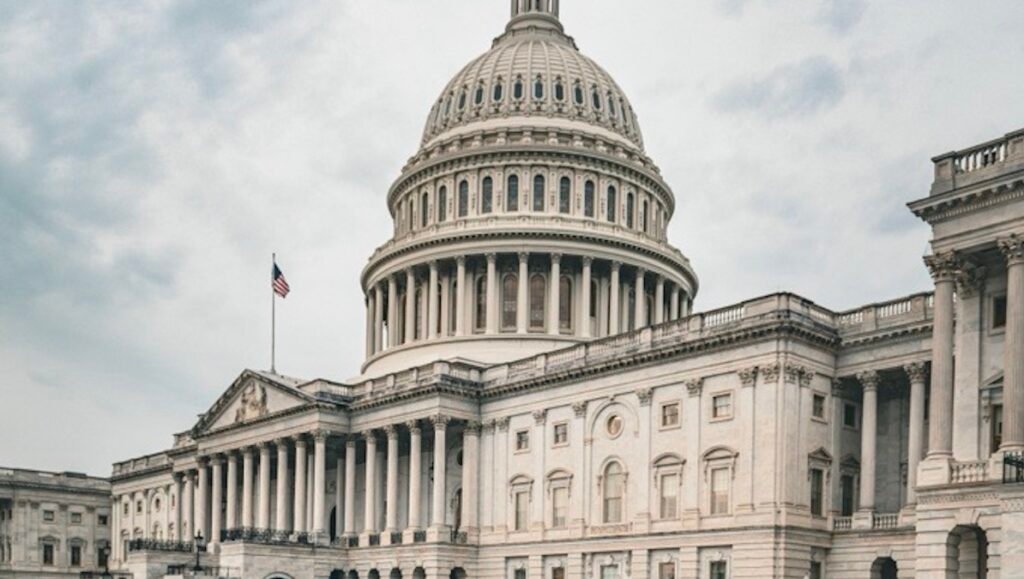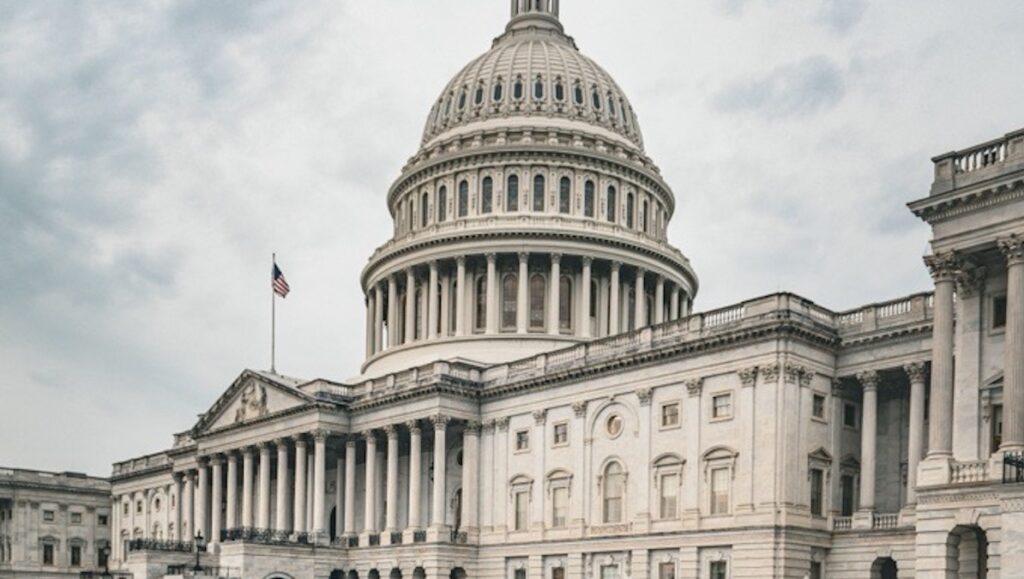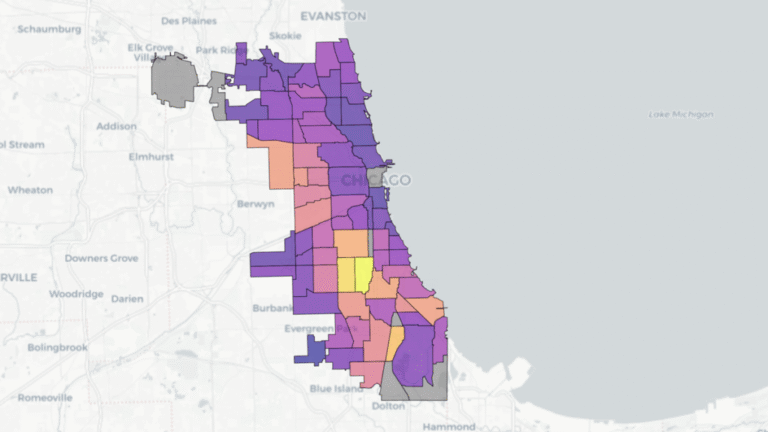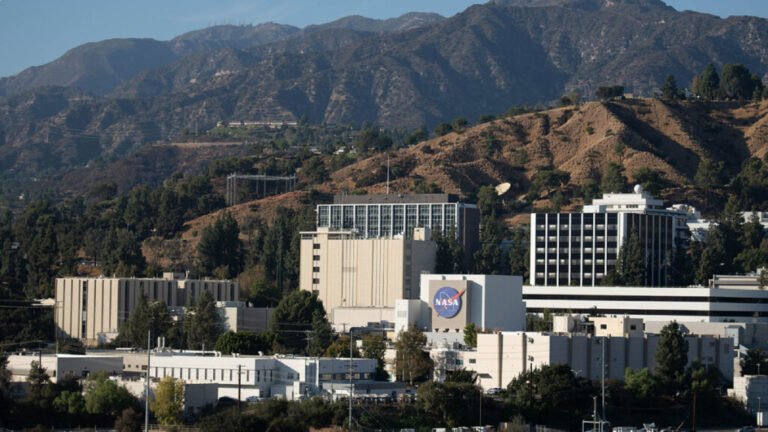

Research & Developments is a blog for brief updates that provide context for the flurry of news regarding law and policy changes that impact science and scientists today.
At 12:01 a.m. this morning, the U.S. federal government shut down. This shutdown comes after weeks of negotiations and pressure tactics failed to bring Congressional Republicans and Democrats together on a budget for the 2026 fiscal year or a continuing resolution to fund the government for a few more weeks.
The federal government has experienced numerous shutdowns over the past decade, the longest of which happened during the first Trump administration and lasted 35 days.
This shutdown, however, may be different, and far more devastating, for the federal workers, including scientists, who live and work across the nation.
In a typical shutdown, employees and contractors who are deemed non-essential to government function, including most workers at science and science-adjacent agencies, are furloughed (temporarily suspended) without pay. Those whose jobs are deemed essential work without pay. Employees receive backpay when the shutdown lifts, but contractors do not.
As of this morning, the shutdown has been proceeding as before.
“The plan to exploit a shutdown to purge federal workers is illegal, unconstitutional, and deeply disturbing.”
But experts are watching how the Trump administration proceeds, as, earlier this week, it ordered all agencies to prepare plans for mass firings and reductions in force (RIFs), not furloughs, should a shutdown occur. According to the White House’s Office of Personnel Management, RIF plans must work within the budget outlined by the President’s Budget Request (PBR). On top of this, thousands of federal workers took offers of deferred resignation earlier this year and have been on paid leave for months. With the shutdown, they may be officially out of jobs.
Exceptions to the shutdown include departments that align with the president’s agenda and received money from his domestic policy megabill, such as the Department of Defense and the Department of Homeland Security, along with a few essential services like Medicare and Social Security.
Trump had doubled down on the threat to fire federal employees yesterday afternoon, which spurred a set of federal employee unions to file a lawsuit alleging that the threats are an unlawful abuse of power.
“The plan to exploit a shutdown to purge federal workers is illegal, unconstitutional, and deeply disturbing,” Tim Whitehouse, the executive director of Public Employees for Environmental Responsibility, said in a statement. “To weaponize it as a tool to destroy the civil service would mark a dangerous slide into lawlessness and further consolidate power in the Executive Branch.”
Related
• From the Prow: AGU Statement on the U.S. Government Shutdown
• How the Shutdown Is Affecting Federal Services and Workers
• U.S. Scientists Gird for Yet Another Government Shutdown
• Government Shutdown Threatens Further Destruction of Environment and Science Agencies, Advocates Warn
• Get Involved: AGU Science Policy Action Center
These mass firing plans, poised to radically downsize and reshape the federal government, have not yet been implemented and it’s unclear if or when that will change. In preparation for possible firings, the Interior Department instructed employees to take home government laptops and cell phones to be able to receive updates.
Nonetheless, until this shutdown is resolved many federal science agencies have largely ceased operations or are working with very limited capacity. Some agencies that have submitted revised shutdown plans, like NOAA and the U.S. Geological Survey, have not yet received approval for the plans, leaving significant uncertainty about what parts of an agency will be allowed to legally operate.
Below is a non-exhaustive list of science-related agencies and how they are being affected by the shutdown.
Environmental Protection Agency (EPA): An updated contingency plan from the EPA, posted 30 September, is much the same as past years. Research at the EPA was already suffering: Staff cuts to the agency’s research arm, the Office of Research and Development, are expected to set back much of the agency’s research into environmental hazards, for example.
- Under the plan, about 89% of EPA staff are now furloughed.
- The plan calls for a cessation of new grants, updates to the EPA website and communications, all Superfund cleanup activities not necessary to safeguard human lives, inspections of industrial sites, and issuance of permits. Any research and publication activities not deemed necessary to maintain critical operations (such as care for lab animals, plants, and maintenance of instrumentation) must cease as well. Although not mentioned in the current plan, The New York Times notes that during past shutdowns, most employees responsible for monitoring pollution and ensuring industry compliance were furloughed.
- Past EPA employees think the shutdown could also derail administrator Lee Zeldin’s plans to restructure the agency and revoke landmark EPA rules, such as the 2009 Endangerment Finding.
- National Aeronautics and Space Administration (NASA):
- Per NASA’s shutdown plan, less than 17% of essential personnel will remain at work, tasked with protecting mission-critical assets such as spacecraft in orbit, astronauts aboard the International Space Station, and other safety operations.Research activities, educational support, and NASA Center tours will cease. NASA Television and the NASA.gov website will not be updated. The agency has requested an exemption from furlough for operations related to upcoming Artemis missions. Although a bipartisan group of lawmakers included a request in a proposed continuing resolution that NASA follow funding guidelines set in the appropriations bill passed by the House of Representatives, for now NASA is following the more severe PBR. Federal whistleblowers recently reported that NASA was illegally implementing the PBR before now, so this shutdown might lead to many spacecraft and their operators being terminated.
- Proposals for the next observing cycle of the James Webb Space Telescope are due 15 October. The Space Telescope Science Institute has extended the deadline for scientists affected by the shutdown.
- National Oceanic and Atmospheric Administration (NOAA) and National Weather Service (NWS): NWS was chronically understaffed before January 2025 and staffing problems have only gotten worse this year. The current shutdown will likely deepen the existing strain on NWS staff and slow down the hiring process for new meteorologists and forecasters.
- NWS will continue to issue weather warnings and watches, including those related to developing Atlantic storms. NWS and NOAA tours, outreach, and educational activities will cease. Hurricane Hunter crew and maintenance workers are exempted from being furloughed. Flights are expected to continue. Many employees who operate NOAA satellites are exempted from being furloughed. NOAA satellite data should continue to flow. Most NOAA research activities will cease.
- If NOAA implements firings in line with the PBR, research related to climate, weather and air chemistry, habitat conservation, ocean science, coastal conservation, and the Great Lakes would be eliminated, as would the Office of Oceanic and Atmospheric Research (OAR).
- National Park Service (NPS): The most recent NPS shutdown contingency plan is from March 2024.
- Activities related to law enforcement, emergency response, fire suppression and monitoring, and public safety should continue.Most national parks are not expected to close. However, some former park superintendents have asked people not to visit due to safety concerns and bad public behavior during past shutdowns. Visitor centers, bathrooms, trash collection, and park ranger services are now unavailable in most locations. No staff are maintaining trails, clearing brush, or monitoring wildlife. The majority of NPS staff are furloughed and some may soon be laid off.
- Access to some wildlife refuges has been restricted.
- National Science Foundation (NSF):
- According to a 2023 contingency plan for the agency, no new grants, cooperative agreements, or contracts are being awarded, and no new funding opportunities issued. The agency’s plan also calls for responses to any questions about upcoming grant deadlines to pause, so calls and emails won’t be answered. Scientists are still free to complete work that has already been funded, and the Award Cash Management Service, responsible for disbursing already-awarded funds, will still operate. However, funding decisions have been halted or delayed. Websites such as Grants.gov and Research.gov remain operational and will accept materials, but processing of those materials will be delayed.
- NSF scientists temporarily working at the agency but paid by their home institutions are continuing to work.
- U. S. Forest Service (USFS):
- A 2024 contingency plan from the agency calls for more than half its staff to remain active, as thousands of employees have been deemed necessary to protect life and property. Some USFS work to manage forests, such as reducing hazardous fuels, running fire training, planting new trees, or supervising controlled burns, will continue. However, the 2024 plan states that an extended shutdown could delay these activities, possibly impacting fire risk over hundreds of thousands of acres of forest as windows of favorable burn conditions dwindle.
- Per the 2024 plan, USFS science, including experiments that rely on specific timing, such as prescribed burn studies, may face delay or cessation.
- U.S. Geological Survey (USGS):
- In the past, USGS shutdown plans have called for all employees who are not deemed necessary to protect human lives and property to be furloughed, resulting in about half of the agency’s staff temporarily losing their paychecks. According to past contingency plans, some research activities at USGS are supported by supplemental funding from laws such as the Infrastructure Investment and Jobs Act and the Inflation Reduction Act. Such projects can continue. However, much of the USGS’s monitoring and analyzing of Earth systems and natural resources will cease.
- Online access to USGS maps, publications, and data may be limited, including water quality data and Landsat data critical for emergency response, agriculture, Earth science research, and more.
“It’s incredibly difficult to predict what the federal research enterprise might look like on the other side.”
We don’t know how long this shutdown will last. But the Office of Management and Budget’s posture means “there are likely to be more questions than answers about the operating status of science agencies,” Cole Donovan, associate director of science & technology ecosystems at the Federation of American Scientists, wrote in an email to Eos. “It’s incredibly difficult to predict what the federal research enterprise might look like on the other side.”
Eos will be following news related to this shutdown and monitoring impacts to the federal workforce and larger scientific community. If you have a tip, suggestion, or personal story to share about how this shutdown has affected you, please email us at eos@agu.org.
–Grace van Deelen (@gvd.bsky.social) and Kimberly M. S. Cartier (@astrokimcartier.bsky.social), Staff Writers
These updates are made possible through information from the scientific community. Do you have a story about how changes in law or policy are affecting scientists or research? Send us a tip at eos@agu.org.

Text © 2025. AGU. CC BY-NC-ND 3.0
Except where otherwise noted, images are subject to copyright. Any reuse without express permission from the copyright owner is prohibited.






